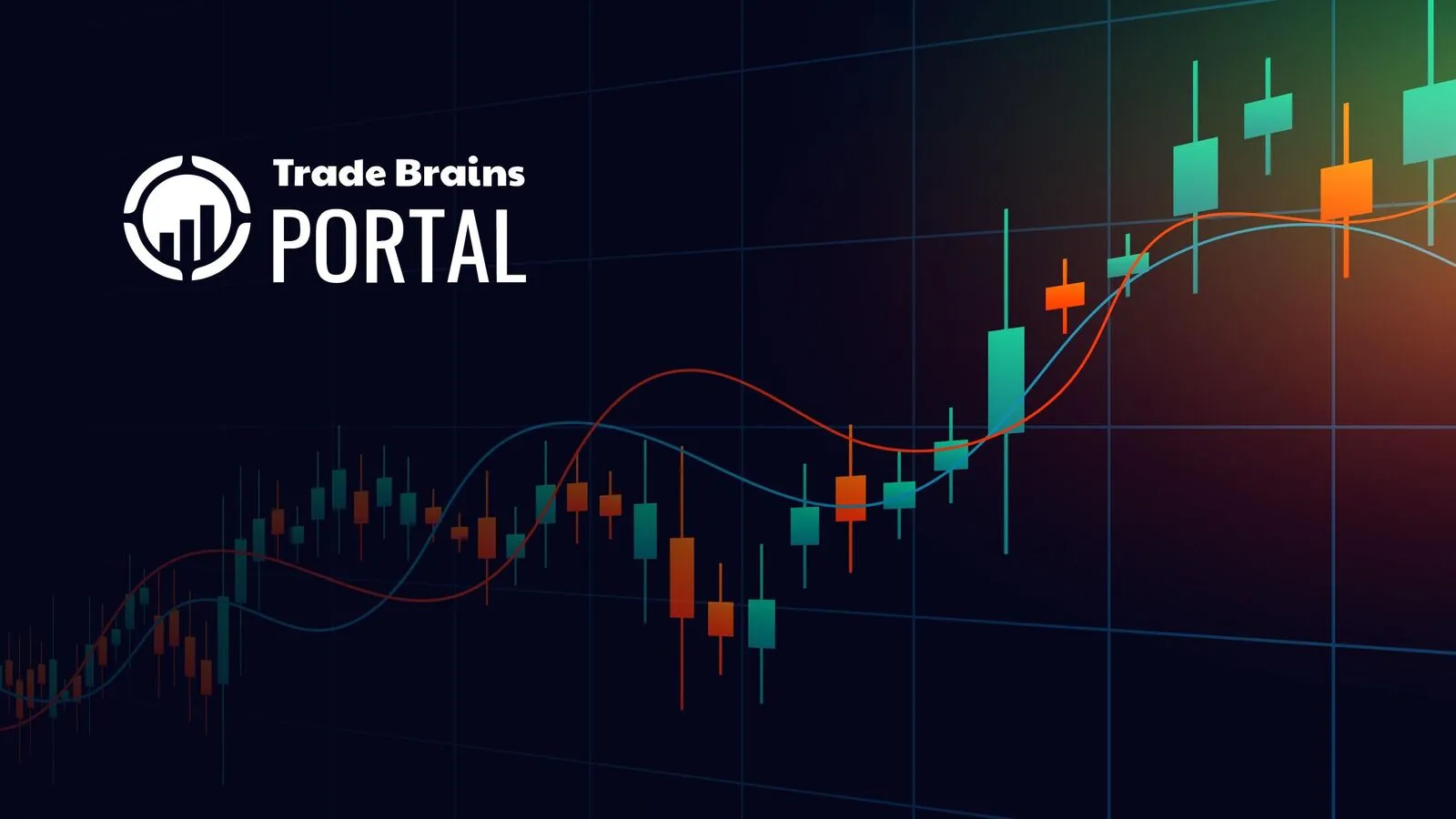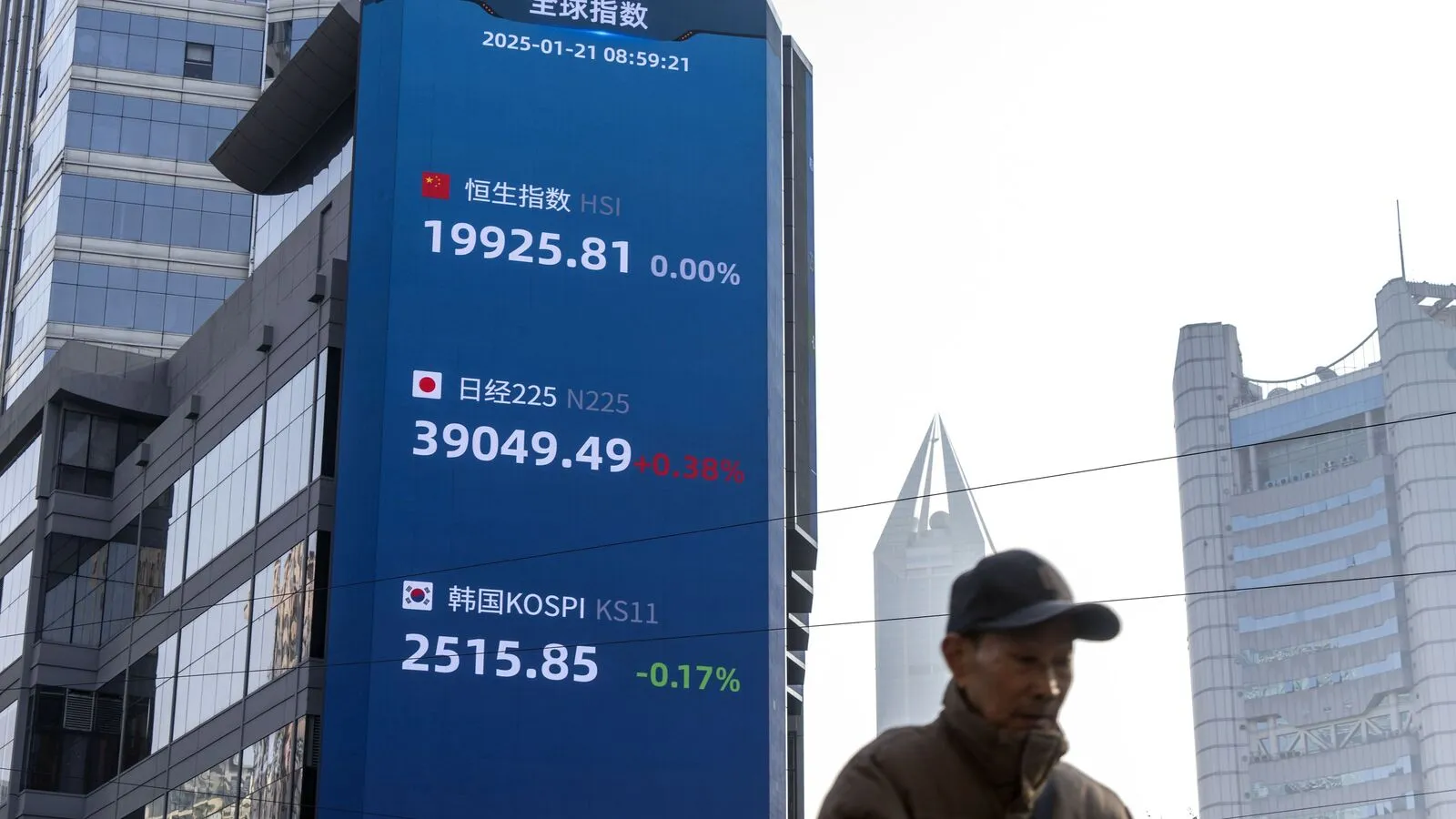Trade Brains Portal recommends two stocks for 6 June

Against this backdrop, Trade Brains Portal has recommended two stocks for 6 June—both from the fertilizer and agrochemical sector.
Stocks to trade today, recommended by Trade Brains Portal for 6 June:
Chambal Fertilisers & Chemicals Ltd
Current price: ₹552
Target price: ₹ 680 in 12 Months
Stop loss: ₹ 488
Why it’s recommended: Established in 1985, Chambal Fertilizers and Chemicals Ltd accounts for around 15% of India’s total urea production. As the primary fertilizer supplier in Rajasthan, Madhya Pradesh, Punjab, and Haryana, the corporation serves farmers in eleven states in the northern, eastern, central, and western parts of India. With 22,000 village-level outlets, 2,200 dealers, and 15 regional offices, it has a vast marketing network.
Among Indian urea producers in the private sector, the business continues to hold the largest market share. The company currently runs three state-of-the-art urea (nitrogenous fertilizer) factories in Gadepan.
In FY25, the company reported revenue at ₹16,646 crore, and PAT was ₹1,649 crore. The company achieved urea production of 3.46 million metric tonnes compared to 3.38 million metric tonnes last year, and urea sales amounted to 3.47 million metric tonnes against 3.26 million metric tonnes in the previous year. The company is concentrating on increasing its capacity for phosphoric acid from 500,000 metric tonnes to 700,000 metric tonnes by 2027. In FY26, the nitrogen, phosphorus, and potassium (NPK) portfolio is anticipated to expand 2.5 times.
The joint venture (IMACID—Morocco) produced 525,000 metric tonnes and sold 435,000 metric tonnes in FY25. For the Technical Ammonium Nitrate (TAN) project, the business spent ₹300 crore in FY25 and anticipates spending ₹1,200 crore in FY26. The capacity of the TAN project is 240,000 metric tonnes, and of the ₹900 crore total expenditure for the project, ₹650 crore has already been spent in FY25, with the remaining ₹250 crore to be spent in FY26.
Additionally, the business anticipates revenue in Q3/Q4 of FY26 and commercialization in January 2026. For the TAN project, the company ramps up and intends to reach 80–90% utilization. The company anticipates importing 130,000 metric tonnes of di-ammonium phosphate (DAP) and TSP during the forthcoming Kharif season. The TAN will be in line with the margins. Alliances, new product launches, and volume growth are what sustainably drive CPC-SN margins. Early stocking and competitive prices give the company confidence in Kharif.
Risk Factor: The company operates under a highly regulated environment. The government is reducing subsidies without increasing prices and also tightened energy consumption norms under the new urea policy, 2015, and further expected stricter norms by the end of fiscal 2025. This is likely to impact Chambal’s operations and profitability.
Gujarat State Fertilizers & Chemicals Ltd
Current price: ₹212
Target price: ₹265 in 12 months
Stop loss: ₹185
Why it’s recommended: Incorporated in 1962 as India’s first joint sector industrial complex, Gujarat State Fertilizers & Chemicals Ltd (GSFC) has developed into a major integrated producer of industrial chemicals and fertilizers, supported by a variety of product lines, robust internal research and development, and internationally recognized quality credentials under the Responsible Care and ISO frameworks.
Fertilizer and industrial products are the company’s two main business segments. While the industrial products category includes things like caprolactam, nylon-6, melamine, methanol, and more, the fertilizer products segment includes things like urea, ammonium sulfate, and diammonium phosphate.
The company reported a revenue of ₹9,533.9 crores, growth of 4.14% in FY25 from ₹9,154.6 crores in FY24, largely driven by the fertilizer segment, reflecting improved operating efficiency and better cost absorption.
With a 15.3% growth in gross sales volume, the fertilizer segment had a 7.3% year-on-year gain in sales income, from ₹6,834.62 crore in FY24 to ₹7,331.8 crore in FY25. For the fertilizer segment, the management expects an Ebitda of ₹3,000 per metric tonne in FY26. PBT increased by 7% on-year to ₹756 crore, while PAT improved by 5% on-year to ₹591 crore. Its Urea-II renovation project is already running at full capacity, and it recently commissioned a 15MW solar power facility at Charanka Patan.
The Phosphoric Acid (PA) and Sulfuric Acid (SA) Project at Sikka is still on track, with SA V’s commissioning expected to be finished in the first half of FY26. Regarding CAPEX, the business plans to spend approximately ₹600 crore on urea, ₹453 crore, and ₹300 crore on SA V over the course of the next six months.
With the help of a positive monsoon forecast and prompt policy actions by the Department of Fertilizers, the firm is still hopeful about Q1FY26 for its fertilizer segment. The government’s determination to ensure sufficient supply and stable prices prior to the Kharif season is reflected by the early announcement of updated Nutrient-Based Subsidy (NBS) rates, which include a roughly 25% increase in support for DAP (diammonium phosphate) and NPK (nitrogen, phosphorus, and potassium) fertilizers.
Risk factor: In order to maintain profitability, the company must deal with regulatory obstacles and rely on government subsidies. Regulations governing fertilizers, wherein the government sets fertilizer prices and provides subsidies, have an impact on the profitability of fertilizer makers. The amount of subsidies receivable and the delays in receiving them naturally affect the fertilizer industry’s liquidity. The government is cutting subsidies as raw material costs have stabilized, which causes businesses to take out more short-term loans.
Market recap for 5 June
On 5 June, the Nifty 50 gained 130.7 points, or 0.53%, opening above the 20-day EMA at 24,691.20, peaking at 24,899.85, and ending at 24,750.90. The BSE Sensex, which opened at 81,196, surged to 81,911, and closed at 81,442.04, up 443.79 points, or 0.55%. With the Nifty 50 RSI at 55.14 and the BSE Sensex RSI at 54.84 (far below the overbought zone of 70), both indices moved above all four 20/50/100/200 EMAs.
The Nifty Realty Index was the biggest gainer on the sectoral front, closing at 993.1, up 17.1 points, or 1.75%.
The biggest winners, rising up to 6%, were real estate stocks, such as Sobha Ltd, Brigade Enterprises, Prestige Estates, DLF Ltd, and Godrej Properties Ltd.
The Nifty PSU Bank Index fell the most, closing at 7,059.65 after dropping 41.2 points, or 0.58%. The index was dragged down with Bank of Baroda, Indian Overseas Bank, Bank of Maharashtra, Punjab & Sind Bank, and Canara Bank losing up to 2%. The Nifty Private Bank Index closed at 27,342.40, down 26.55 points, or 0.10%, and also closed in the red.
On the global front, the Asian markets inched upward, with most of the exchanges closing on a positive note. The Kospi index rose by 1.49%, or 41.21 points, and closed at 2,812.05. This comes after its newly elected president was sworn in on Wednesday and promised to revive the country’s struggling economy by lifting domestic demand.
Additionally, other Asian markets, such as the Shanghai Stock Exchange, were up by 0.23%; the Hang Seng Index rose by 1.07%, and the Shenzhen Index increased by 0.58%, whereas the Nikkei 225 Index declined by -0.51% or -192.96 points and closed at 37,554.49. On the US markets, the Dow Jones Futures gained 0.2%, or 80 points, as the major companies in the US are on the line to report quarterly earnings and the major trade deals between the US and Germany and the US and China are expected to be held this week.
Trade Brains Portal is a stock analysis platform. Its trade name is Dailyraven Technologies Pvt. Ltd, and its Sebi-registered research analyst registration number is INH000015729.
Investments in securities are subject to market risks. Read all the related documents carefully before investing.
Registration granted by Sebi and certification from NISM in no way guarantee performance of the intermediary or provide any assurance of returns to investors.
Disclaimer: The views and recommendations given in this article are those of individual analysts. These do not represent the views of Mint. We advise investors to check with certified experts before making any investment decisions.









